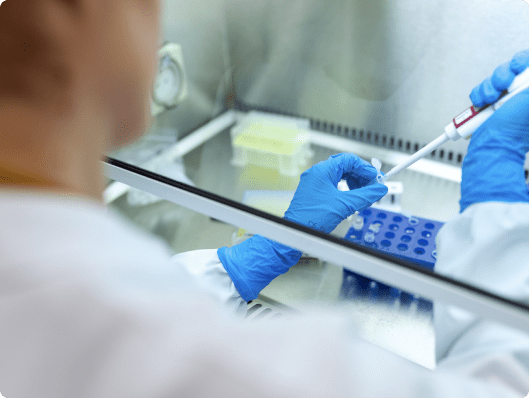In today’s fast-paced world, with industrialization and urban expansion booming, our environment is under constant threat. Pollution levels continue to rise, and as a result, it’s critical to understand the quality of our natural resources. Environmental testing services (ETS) play a crucial role in this by evaluating the safety of the air we breathe, the water we consume, and the soil we cultivate.
Why ETS Matter
Environmental testing is essential for protecting public health, ensuring safe living conditions, and promoting sustainable practices. Whether it’s air, water, or soil, contaminants can have a direct impact on our well-being. Testing helps identify pollutants, toxins, and hazardous substances, allowing experts to pinpoint their sources and propose remediation solutions. Without these services, we would be unaware of the dangers lurking in our environment, which could lead to long-term negative health impacts, particularly in vulnerable populations such as children and the elderly.
Soil Testing – Protecting Agriculture and Ecosystems
Soil is the foundation of our food production, and its quality directly affects crop yield and safety. Through soil testing, professionals can determine the presence of harmful chemicals, such as heavy metals and pesticides, which may have been introduced due to industrial waste or improper agricultural practices. Environmental testing also helps assess the nutrient content of the soil, which is essential for farmers to optimize their agricultural output while maintaining environmental health. Identifying contamination early on can prevent harmful chemicals from entering the food chain, ensuring both human and ecological safety.
Water Testing – Safeguarding the Most Vital Resource
Water is essential for all life forms, and its purity is vital for health and survival. ETS perform water quality assessments to identify contaminants such as bacteria, heavy metals, chemicals, and toxins. Whether it’s drinking water, wastewater, or natural water sources like rivers and lakes, testing ensures that the water meets health and safety standards. Contaminated water can cause serious health issues, including gastrointestinal diseases and long-term effects from exposure to toxins. Water testing plays a pivotal role in maintaining safe water supplies for human consumption and protecting aquatic life.
Air Testing – Measuring What We Breathe
Air quality has a direct impact on respiratory health. With the increase in industrial activities and vehicle emissions, air pollution levels have skyrocketed in many urban areas. Environmental testing services monitor pollutants such as carbon monoxide, sulfur dioxide, particulate matter, and volatile organic compounds (VOCs). These pollutants are often invisible to the naked eye but can pose significant health risks. Air testing helps detect pollution levels and ensures compliance with air quality standards, allowing governments and organizations to take necessary actions for cleaner air.
